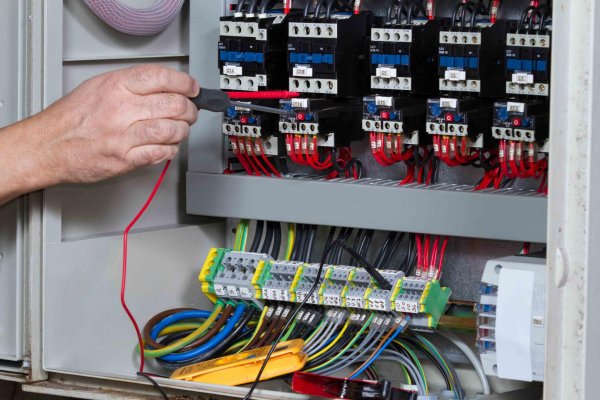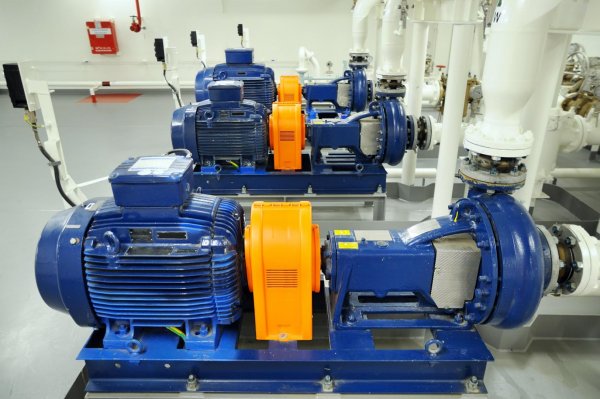Some terms and definitions used in the maintenance and repair documentation
Support — a set of operations or operations to maintain the health or fitness of the product when it is used as intended, waiting, storing and transporting.
Maintenance method (repair) — a set of technological and organizational rules for performing maintenance (repair) operations.
Repair cycle — the smallest recurring intervals of time or time of operation of the products, during which all established types of repairs are carried out in a certain sequence in accordance with the requirements of the normative and technical documentation.
Planned repair — planned repairs carried out with the frequency and in the amount established in the operational documentation, regardless of the technical condition of the product at the time of the start of the repair.
Repair according to technical condition — planned repairs, in which the technical condition is monitored with the frequency and volume established in the normative-technical documentation, and the volume and time of starting the repair are determined by the technical condition of the product.
Support— repairs carried out to ensure and restore the operational characteristics of the product and consisting in the replacement and (or) restoration of individual parts.
Average repair — repairs carried out to restore the serviceability and partially restore the service life of the products with the replacement or restoration of components from a limited range and control of the technical condition of the components, carried out in the amount established in the regulatory and technical documentation. The value of a partially recoverable resource is established in the normative and technical documentation.
Overhaul— repairs carried out to restore the serviceability and complete or near complete restoration of the product's service life by replacing or restoring any of its parts, including major ones. The value close to the full resource is established in the normative and technical documentation.
An impersonal repair method — a repair method that does not preserve the ownership of the repaired parts to a specific copy of the product.
Unit repair method — an impersonal method of repair in which defective units are replaced with new or previously repaired units.
The unit is an assembled unit that has the properties of complete interchangeability, independent assembly and independent performance of a certain function and products for different purposes, for example, an electric motor, gearbox, pump, etc.
Line repair method — a repair method carried out at specialized workplaces with a specific technological sequence and rhythm.
Reliability — the property of the object to perform the specified functions, maintaining over time the values of the established performance indicators within the specified limits, corresponding to the specified modes and conditions of use, maintenance, repairs, storage and transportation.
Reliability is a complex property that, depending on the purpose of the object and the conditions of its operation, may include reliability, durability, repairability and storage separately or in a certain combination of these properties for both the object and its parts.
Performance indicators — indicators of performance, speed, consumption of electricity, fuel, etc.
Support — property of an object, which consists in its adaptability to the prevention and detection of the causes of its damage, damage and elimination of their consequences through repair and maintenance.
MTBF — the ratio of the time of operation of the restored object to the mathematical expectation of the number of its failures during this time of operation.
Obvious defect — a defect for the detection of which appropriate rules, methods and means are provided for in the regulatory documentation, mandatory for this type of control.
A hidden defect — a defect for the detection of which the relevant rules, methods and means are not provided for in the normative documentation, mandatory for this type of control.


